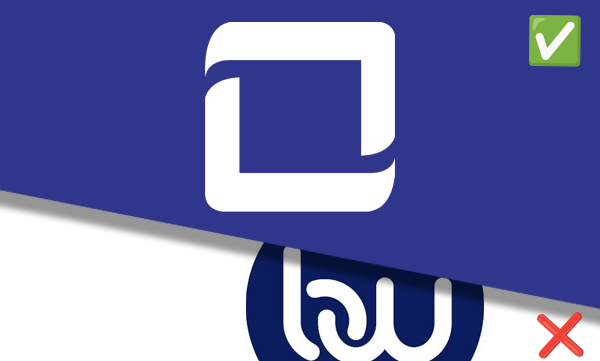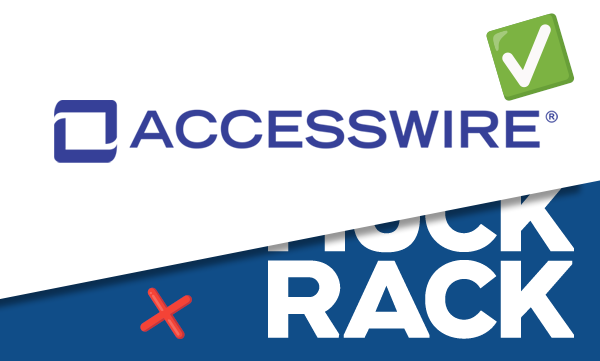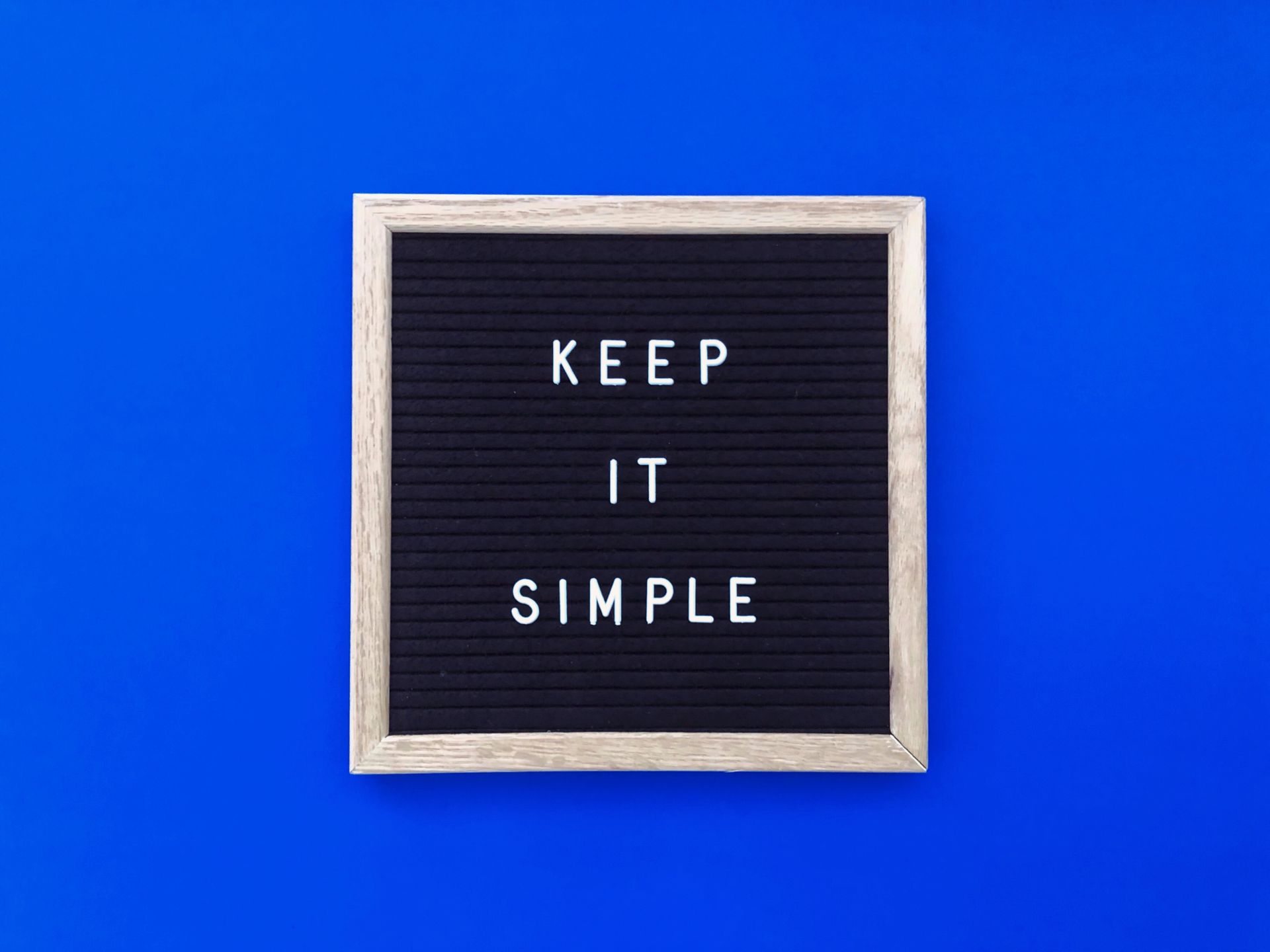Public Relations (PR) is often associated with big announcements—product launches, company milestones, or breaking news. But what happens when you don’t have any immediate news to share? Should you press pause on your PR efforts? The answer is a resounding no.
Maintaining and building
lasting journalist relationships during quieter periods is a crucial strategy for any brand looking to secure long-term visibility and trust. It’s in these quiet times that PR professionals can lay the groundwork for future success. Let’s explore why nurturing media relationships is essential even when you’re not making headlines.

1. It Builds Long-Term Trust
Media relationships, like any relationship, require ongoing care and attention. Journalists, editors, and reporters are more likely to cover stories from sources they know and trust. By regularly engaging with the media—even when there’s no major news—you establish yourself as a reliable resource.
Consider the difference between two scenarios: a PR professional who only reaches out when they need coverage, versus one who provides valuable industry insights, background information, or expert commentary throughout the year. The latter is far more likely to be seen as a trusted contact when a breaking story arises.
Journalists appreciate PR contacts who are proactive, not just reactive. Offering to help them with industry trends, stats, or background for their stories—even if it’s not directly related to your brand—can foster long-term trust.
2. You Stay Top of Mind
Even if you don’t have immediate news to share, staying on a journalist’s radar ensures that your brand remains top of mind. When a reporter is looking for a source or expert in your industry, they’re more likely to think of someone they’ve been regularly engaging with.
This doesn’t mean bombarding them with irrelevant pitches or overwhelming their inbox. Instead, focus on offering value—whether it’s sharing a thoughtful comment on an industry trend, offering data insights, or simply checking in to maintain rapport. The goal is to stay visible without being intrusive.
When you build a consistent presence, your brand will be the first that comes to mind when a relevant story breaks, giving you the opportunity to gain media coverage when it counts.
3. Relationships Open Doors for Future Stories
PR isn’t just about the story you’re trying to tell today—it’s about the opportunities you can create for tomorrow. By maintaining media relationships during quieter periods, you’re investing in your brand’s future.
When the time comes to announce something important, your existing media contacts are far more likely to be receptive. They’ll already have a sense of your brand, your values, and your expertise, making it easier to secure coverage when you do have big news to share.
Additionally, staying in touch with journalists can lead to opportunities you might not have anticipated. A reporter may reach out to you for a story they’re working on or ask for your expert opinion in an industry roundup. These opportunities arise from relationships built on ongoing, two-way communication, not just from transactional, one-off pitches.
4. Media Relationships Can Help Shape the Narrative
Building media relationships during quiet periods also gives PR professionals the chance to influence the larger conversation surrounding their brand. By regularly engaging with journalists, you can help shape the narrative about your industry and ensure your brand’s messaging aligns with key trends.
For example, by offering insights or opinions on industry developments, you position your brand as a thought leader, even if it’s not directly tied to your company’s current activities. When reporters are looking to write about your sector, your brand will already have a voice in the conversation—making it easier to gain coverage that supports your long-term goals.
5. Reporters Remember Brands That Offer Value
The media landscape is competitive, and reporters are often inundated with pitches, press releases, and story ideas. So how can your brand stand out? By offering real value, even when you’re not pushing a news story.
If you can provide journalists with useful information, such as exclusive insights, interesting data, or expert perspectives, they’ll remember your brand as a helpful and valuable resource. This positions your company as a trusted source of information, making reporters more likely to reach out when they need expert commentary or story ideas.
Additionally, by sharing knowledge and expertise, you demonstrate a willingness to contribute to the broader conversation within your industry. This positions your brand as a credible player, even when there’s no immediate news to share.
6. Strong Relationships Mitigate Future Crises
When a brand finds itself facing a crisis, having strong media relationships in place can be a lifesaver. Journalists who trust you and have a positive relationship with your company are more likely to give you the benefit of the doubt, listen to your side of the story, and avoid jumping to conclusions.
During a crisis, being able to quickly reach out to trusted media contacts allows you to get your message out faster and with greater credibility. Without these established relationships, you may find it difficult to control the narrative and mitigate potential damage to your brand’s reputation.
In Conclusion
The best PR strategies aren’t built around single, isolated campaigns—they’re about building long-term relationships with the media. Even when you don’t have a breaking news story to share, maintaining regular contact with journalists, editors, and reporters is vital to ensuring your brand stays visible and relevant.
By building trust, staying top of mind, and offering value, you set the stage for future PR success. And when the big news does come, those strong media relationships will ensure your story gets the attention it deserves.






Similar Blog Posts



PRODUCTS
ACCESSWIRE | All Rights Reserved

